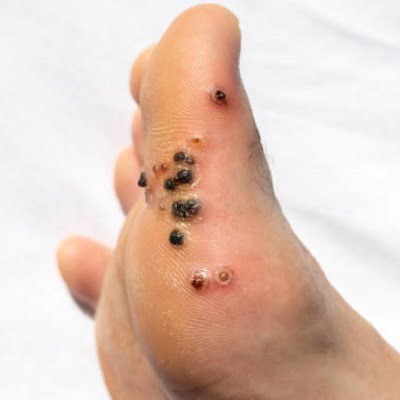
Warts are tiny, painless skin growths that can appear anywhere on the body. Although they often do not hurt or cause injury, they can be embarrassing and seem unattractive. Thankfully, laser therapy makes it simple to get rid of warts. This blog post will go through wart removal using laser therapy.
What is Laser Therapy?
Warts can be removed safely and painlessly with laser therapy. The wart tissue is targeted and destroyed with a powerful laser. The wart’s blood vessels are heated by the laser, which causes them to constrict and eventually die.
Step 1: Consultation with a Dermatologist:
It is crucial to speak with a dermatologist before beginning laser therapy so they can evaluate the wart and decide whether or not it is a good candidate for the procedure. In order to determine whether you are a good candidate for the procedure, your dermatologist will also review your medical history.
Step 2: Preparing for the Procedure:
The day of the treatment, a local anaesthetic will be used to numb the affected area and clean it. In order to shield your eyes from the laser light, safety goggles will also be supplied.
Step 3: Laser Treatment:
The dermatologist will prepare the region before directing a laser at the wart tissue. The wart tissue is heated by a powerful light beam produced by the laser, which eventually causes the wart to vanish. The length of the treatment may vary depending on the size and location of the wart.
Step 4: Aftercare:
After the procedure, you will be given a bandage covering the affected area and instructions on how to care for it at home. It is essential to maintain the area clean and dry in order to prevent infection. Moreover, you might be told to use sunscreen or avoid the sun while the area heals.
Alternatives:
There are several alternatives to laser therapy for removing warts, including:
- Cryotherapy: the wart is frozen using liquid nitrogen, which kills the wart’s cells and makes them fall off.
- Salicylic acid: To progressively remove a wart, apply over-the-counter drugs that contain salicylic acid on the wart.
- Duct tape: Taping the wart down will smother it and eventually cause it to fall off.
- Topical immunotherapy: It includes rubbing a drug on the wart to activate the body’s defences against the virus that produces it.
- Surgery: In some circumstances, the wart may need to be removed surgically.
- Home remedies: Although the efficacy of these therapies has not been shown by science, some people utilise natural cures to treat warts, such as tea tree oil, garlic, or apple cider vinegar.
It is crucial to speak with a healthcare professional to choose the best course of action for your particular situation.
Ideal Candidates:
If you have one or more warts that are bothersome or embarrassing and have tried various treatments including over-the-counter topical creams without success, you may be a good candidate for laser therapy to eradicate warts. The individual must also be in good general health and free from any diseases that could make the surgery dangerous. The risk of scarring may be increased by laser therapy, thus anyone with a history of keloids or scarring should exercise caution. If you want to know if you are a good candidate for laser wart removal therapy, it is important to speak with a dermatologist.
Conclusion:
Laser therapy is a great choice if you’re seeking for a secure and efficient technique to get rid of warts. It can be done in a dermatologist’s clinic and is a minimally invasive, painless procedure. To find out if laser therapy is the best course of action for you, speak with your dermatologist at Skn Cosmetic Surgery Islamabad.









